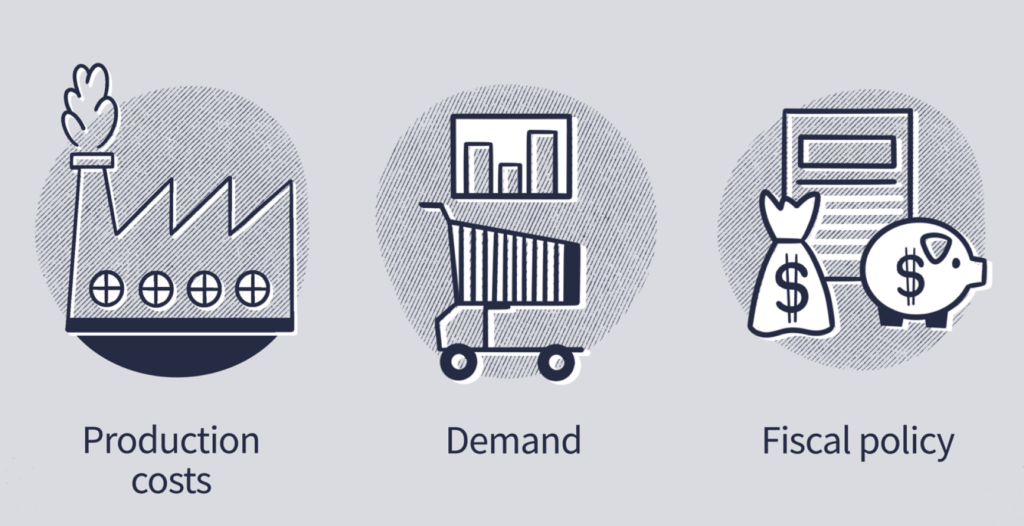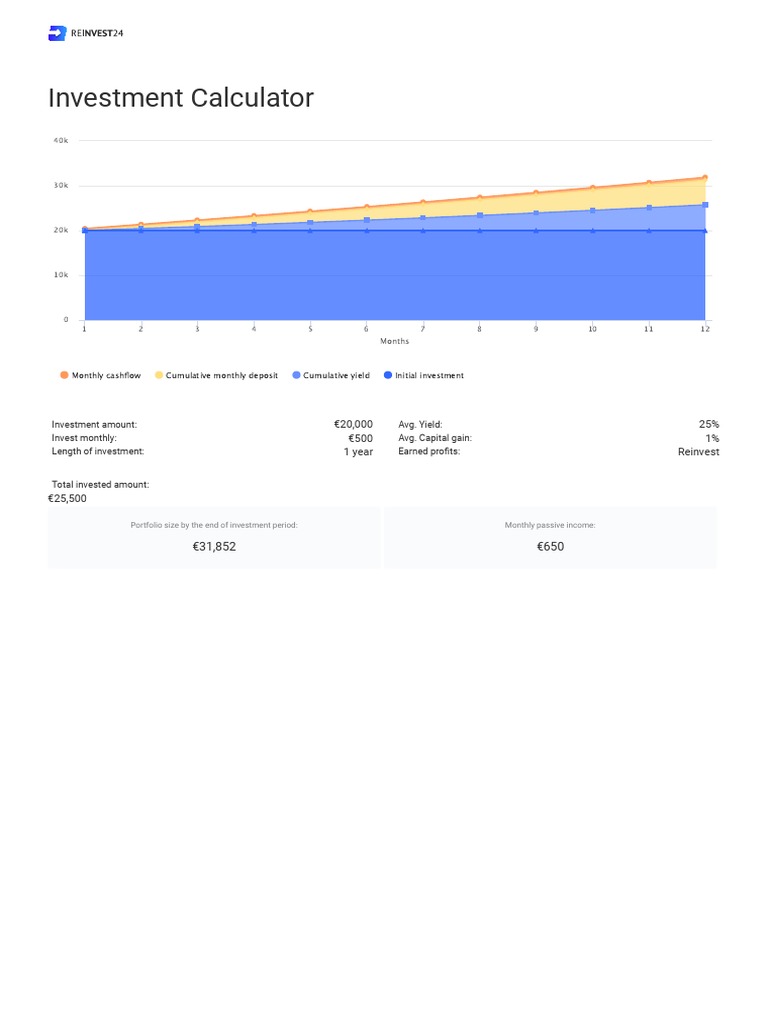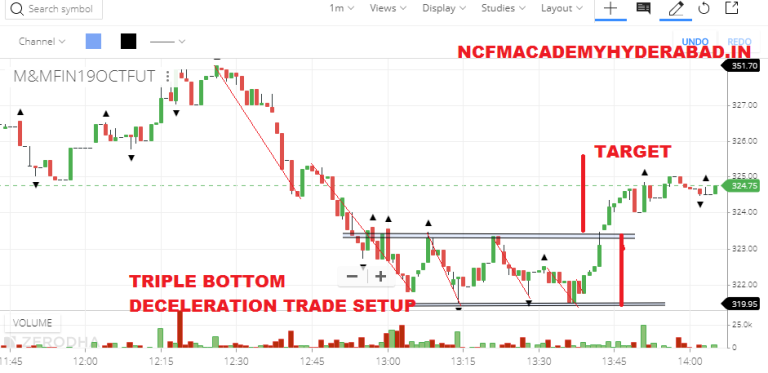Inflation is a term that’s been on everyone’s lips lately, and understanding what causes it is essential to navigate the current economic landscape. There are various causes of inflation, ranging from demand-pull factors to cost-push pressures. Many individuals, businesses, and policymakers are keen on understanding inflation and its implications. Let’s dive into the compelling reasons why inflation occurs and how they affect our lives, wallets, and the global economy.
What Causes Inflation: Understanding the Basics
Call it the inevitable economic cycle—a dance of supply and demand, production costs, and economic policies. The causes of inflation can be understood through various lenses, including economic theories and real-world examples. Fundamentally, inflation is defined as the rate at which the general level of prices for goods and services is rising, which subsequently erodes purchasing power.
Inflation: Causes – Demand-Pull Inflation
One of the primary causes of inflation is demand-pull inflation. Think of it this way: when consumer demand exceeds available supply, prices tend to go up. This phenomenon occurs in a rapidly growing economy, where consumers are willing to spend more, leading to a surge in demand. A classic example might be during holiday seasons when consumers are frantically shopping for gifts. Retailers, observing the high demand, often raise their prices, contributing to inflation.
Inflation: Causes – Cost-Push Inflation
On the flip side, cost-push inflation arises when the costs of production increase, leading manufacturers to pass those costs onto consumers. This can be due to factors such as rising raw material prices or increased wages. For instance, if oil prices surge due to geopolitical tensions, transportation costs rise. Consequently, companies involved in logistics and delivery will hike their service prices, and this increase is ultimately felt in consumers’ wallets.
Visual Representation of Inflation Causes
This infographic succinctly depicts various factors contributing to inflation in an easily digestible format. You can see how demand-pull and cost-push dynamics interact and influence prices.
Inflation: Causes – Monetary Policy Influence
Central banks play a crucial role in influencing inflation through monetary policy. By adjusting interest rates and engaging in actions like quantitative easing, they attempt to stabilize the economy. For instance, during economic downturns, a central bank might lower interest rates to stimulate borrowing and spending, thus potentially triggering inflation. Conversely, if inflation becomes too high, they may raise rates to cool down an overheating economy.
Inflation: Causes – External Factors
Global events can have a significant impact on domestic inflation rates. For example, natural disasters affecting key agricultural regions can lead to food shortages, pushing prices up. Similarly, trade wars or tariffs can disrupt supply chains and increase costs for imported goods, contributing to inflation. An instance of this occurred during the COVID-19 pandemic, when supply chains were heavily strained, causing shortages and a spike in prices across various sectors.
Economic Indicators and Inflation
To further understand the complexities of inflation, it is essential to consider key economic indicators such as the Consumer Price Index (CPI) and Producer Price Index (PPI). The CPI measures the average change over time in the prices paid by consumers for goods and services, while the PPI measures price changes from the perspective of the seller. Monitoring these indices can provide clear signs of inflation trends and help both economists and everyday citizens anticipate economic shifts.
Inflation: Causes – Analyzing Labor Markets
Labor markets can also influence inflation. When unemployment rates are low, wages tend to rise as employers compete for a smaller pool of available workers. Higher wages can lead to increased disposable income, causing demand to rise and contributing to demand-pull inflation. This interrelationship between inflation rates and labor market conditions is crucial for policymakers aiming to maintain economic stability.
Inflation: Causes – Behavioral Economics
Consumer psychology tends to add another layer of complexity to inflation. When people perceive that prices will continue rising, they are more likely to buy now rather than later, further driving demand. This behavior can create a self-fulfilling prophecy of inflation, where expectations of rising prices lead to actual increases in prices, resulting in more inflation.
The Role of Government in Inflation Management
Government policies can directly affect inflation rates. Fiscal policies, such as changes in taxation and government spending, play crucial roles in either mitigating or exacerbating inflation. Expansionary fiscal policies—where the government increases spending or cuts taxes—can fuel economic demand, potentially leading to inflation. Conversely, contractionary policies can help rein in inflation but may dampen economic growth.
Case Studies in Inflation Management
Examining historical instances can shed light on inflation causes and management techniques. The hyperinflation experienced in the Weimar Republic in the 1920s is a classic example. Uncontrolled money printing in the wake of World War I led to skyrocketing prices. On the other hand, the 1980s witnessed the U.S. implementing strict monetary policies under Federal Reserve Chairman Paul Volcker to bring down inflation rates that had soared into the double digits. These cases illustrate how different factors and responses can dictate inflation’s trajectory.
The Future of Inflation: What Lies Ahead?
As global economies continue to grapple with the aftermath of unprecedented events, analysts remain divided on future inflation trends. Understanding the multitude of factors that influence pricing dynamics and being prepared for potential inflationary impacts is crucial for businesses and consumers alike. By analyzing historical patterns and behaviors, we can better devise strategies to navigate inflation, ensuring financial security during turbulent times.
In conclusion, inflation: causes can be varied and complex. By understanding the underlying factors, individuals, businesses, and policymakers can make informed decisions and strategies to mitigate inflation’s adverse effects. Whether driven by demand, costs, monetary policy, or external factors, recognizing these causes is essential to fostering economic resilience in our ever-evolving world.



